Vitra’s Typecasting exhibition prods at the way we project versions of ourselves online and in person, and studies the potential effects of societal changes on furniture typologies.

April 20th, 2018
Are you a slasher or a dreamer? A compulsive organiser or an athlete? And what kind of furniture would best suit your behavioural profile? Vitra is prompting some serious self-assessment at Fuorisalone 2018 with a panoramic exhibition at La Pelota.
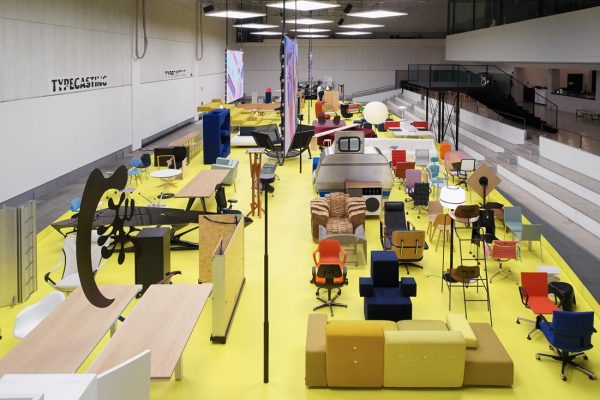
Typecasting: An Assembly of Iconic, Forgotten and New Vitra Characters was curated and designed by Paris-based Austrian curator and designer Robert Stadler in his first collaboration with the brand. On a vivid yellow plinth overlooked by an observation platform, the exhibition presents 200 objects ranging from historic Vitra pieces and prototypes from the Vitra archives to current and new products, special editions, rejects and future visions. The objects are grouped but the zones are unmarked; an exhibition catalogue presents an explanatory diagram.
The exhibition builds on the ‘transversality’ of furniture typologies that Vitra CEO Nora Fehlbaum discussed with us in a recent interview. The merging of living, working and public spaces these days makes furniture typologies fluid, she said. So rather than the typical function-based typological categories (seat, table, cabinet, for example) or the simpler classification by time period, Typecasting looks at furniture’s social function in today’s society.
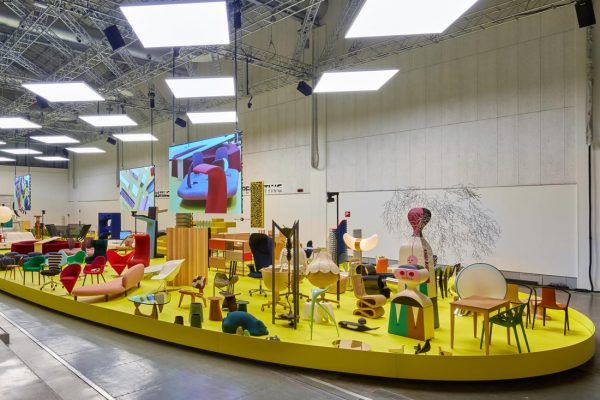
Stadler assessed the Vitra collection (particularly chairs) through the lens of people’s stereotypical behaviour patterns and personality profiles. The display is “as much about furniture as it is about us,” he wrote in his curatorial statement, elaborating: “Along with its practical task, furniture has always had a representational function. As such, chairs can typically be read as personalities or portraits.” Typecasting presents furniture pieces as props for self-portrayal.
At the heart of his curatorial approach is Stadler’s recognition that the selection of a specific chair is also a personal act of image cultivation. He presents objects as characters belonging to certain ‘communities’, reflecting contemporary modes of self-staging as well as the strategies of collecting friends and ‘likes’ on social media. “Looking at familiar objects through the lens of self-staging and image cultivation sharpens the perception of furniture’s role in defining our personal and social profiles,” he explains.
So who is in Vitra’s cast of characters?
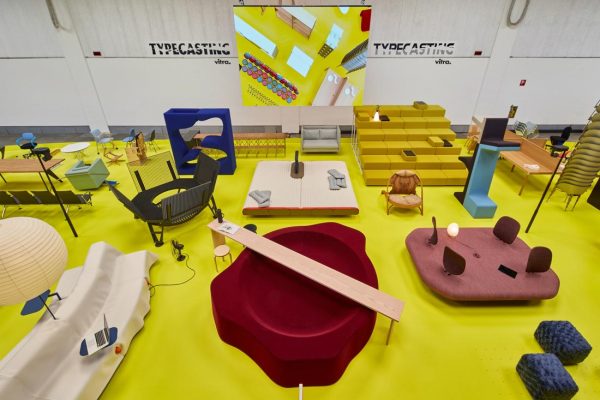
‘The Communals’: Objects that invite people to gather through their shapes, materials, geometries or configurability. New models for communal living (beyond the traditional family dwelling) are emerging in shared spaces, and the sofa in particular has become a new stage for living and working together. ‘The Communals’ forms the centrepiece of Typecasting, and includes six special design investigations into potential new forms for the ‘communal sofa’ by Ronan and Erwan Bouroullec, Konstantin Grcic, Edward Barber and Jay Osgerby, Robert Stadler and Commonplace Studio.
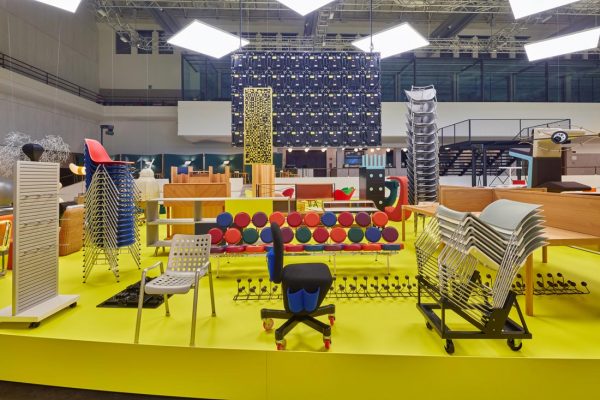
‘The Compulsive Organisers’: Objects that reflect the contemporary need to meticulously organise our increasing accumulation of data and things. Stacking chairs, hooks, cabinets and a clock are presented in this community. Each piece is a form of micro-architecture.
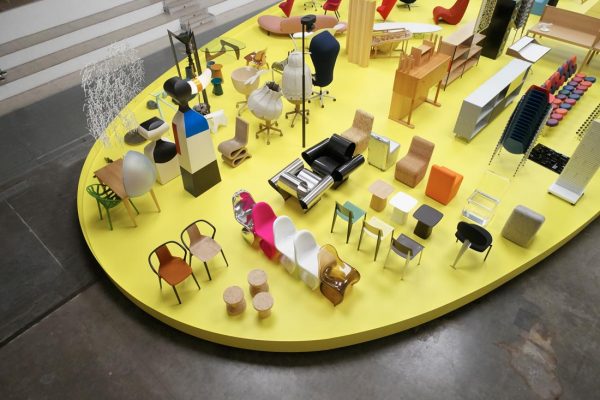
‘The Slashers’: Chairs that recall the way many of us take on multiple and often diverging jobs and activities in response to disorientation and economic stability. The chairs in this community can be produces in various materials and with variations in shape.
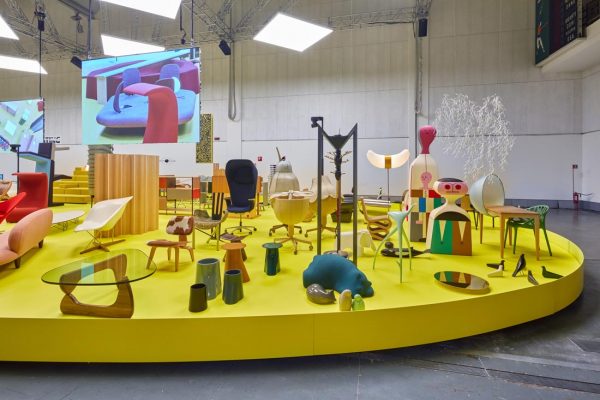
‘The Dreamers’: Objects that retreat into imaginary worlds, often with reference to nature. These objects (many of them small in size) enchant the user with a feeling of escapism.
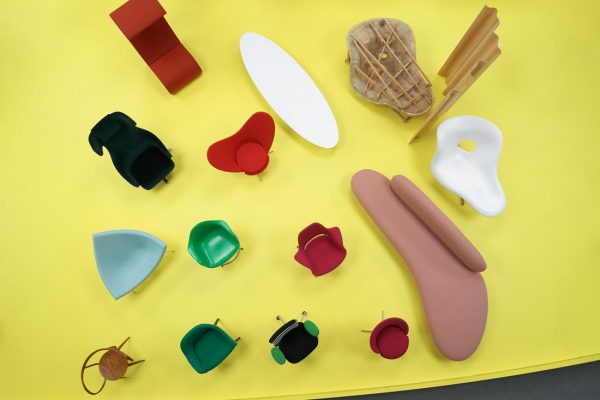
‘The Beauty Contestants’: Objects that flaunt their looks. Often, the objects in this community exhibit fluid lines and are easily recognisable. Many of them date to the 1960s and ’70s.
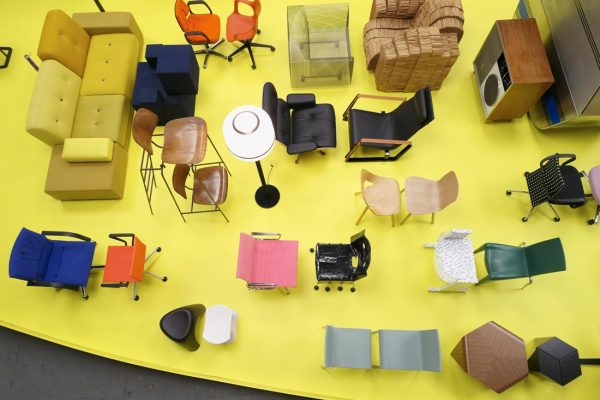
‘The Dating Site Encounters’: A series of objects presented in pairs (or ‘couples’) that share an aesthetic, function, details or features. The pairings enhance the individuality of each object. Sometimes they clash – like a bad date.
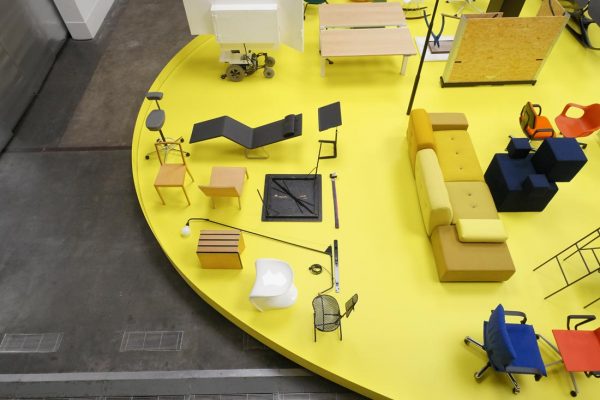
‘The Spartans’: Objects that probe the minimum requirements for a piece of furniture by discarding extraneous elements. This community takes a critical perspective toward over-consumption.
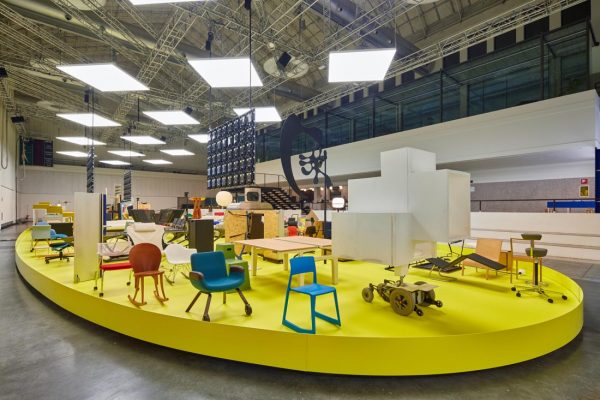
‘The Restless’: Objects that move or encourage the user to move. This community knows the value of physical movement (for health and a creative mind set), and is wary that today many of us travel only through the screen.
‘The Athletes’: Objects whose structural elements are also aesthetic features, often because they test physical limits.
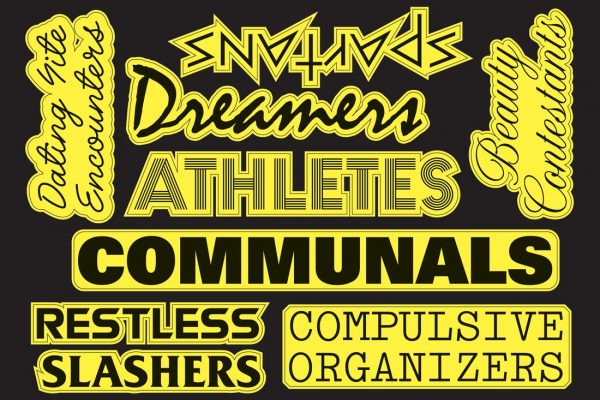
What will visitors take away from Typecasting? Certainly a reminder of the prominence of the self in the present era, but also contemplation of how the functional categorisations of the past are fast becoming invalid. Societal shifts are changing our furniture objects far beyond stylistic considerations. Facing up to how we conduct and present ourselves at a personal level may support the development of furniture that supports the real needs of the time.
Images copyright Vitra.
INDESIGN is on instagram
Follow @indesignlive
A searchable and comprehensive guide for specifying leading products and their suppliers
Keep up to date with the latest and greatest from our industry BFF's!

A longstanding partnership turns a historic city into a hub for emerging talent

For Aidan Mawhinney, the secret ingredient to Living Edge’s success “comes down to people, product and place.” As the brand celebrates a significant 25-year milestone, it’s that commitment to authentic, sustainable design – and the people behind it all – that continues to anchor its legacy.
The new range features slabs with warm, earthy palettes that lend a sense of organic luxury to every space.

London-based design duo Raw Edges have joined forces with Established & Sons and Tongue & Groove to introduce Wall to Wall – a hand-stained, “living collection” that transforms parquet flooring into a canvas of colour, pattern, and possibility.
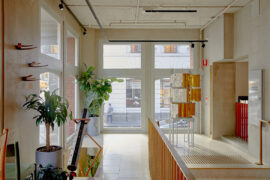
Stylecraft and NGV call for furniture and lighting designs addressing small-space living, with $20,000 prize and commercial development opportunity.
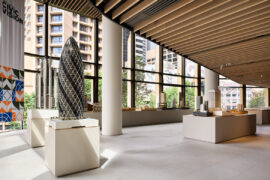
Civic Vision, a major exhibition showcasing the global work of Foster + Partners, has officially opened in Sydney.
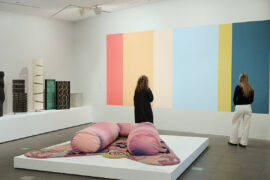
At the NGV’s Making Good: Redesigning the Everyday, design becomes a force for repair. From algae-based vinyl to mycelium earplugs, the exhibition proves that rethinking the ordinary can reshape our collective future.
The internet never sleeps! Here's the stuff you might have missed
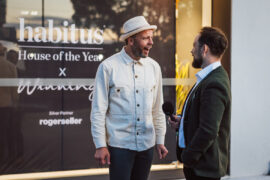
Phillip Withers joins the podcast to discuss landscape design in relation to Country, place and European notions of control, as well as his part on the Habitus House of the Year 2025 Jury.
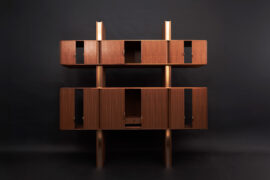
Adam Markowitz Design, in collaboration with Simeon Dux, has been awarded The Object at the INDE.Awards 2025. Their winning project, A Cabinet of Curiosities, is a masterwork of craftsmanship and adaptability; a poetic response to shifting domestic and professional life in the post-COVID era.

At the NGV’s Making Good: Redesigning the Everyday, design becomes a force for repair. From algae-based vinyl to mycelium earplugs, the exhibition proves that rethinking the ordinary can reshape our collective future.

CPD Live’s final live-presented season for 2025 continues with a powerful Day 2 lineup, delving into façade weatherproofing, apartment design trends, smart bathrooms, and digital compliance. Starting from 9 AM AEDT, these free CPD-accredited sessions will help you finish the year with fresh insight and full compliance confidence.